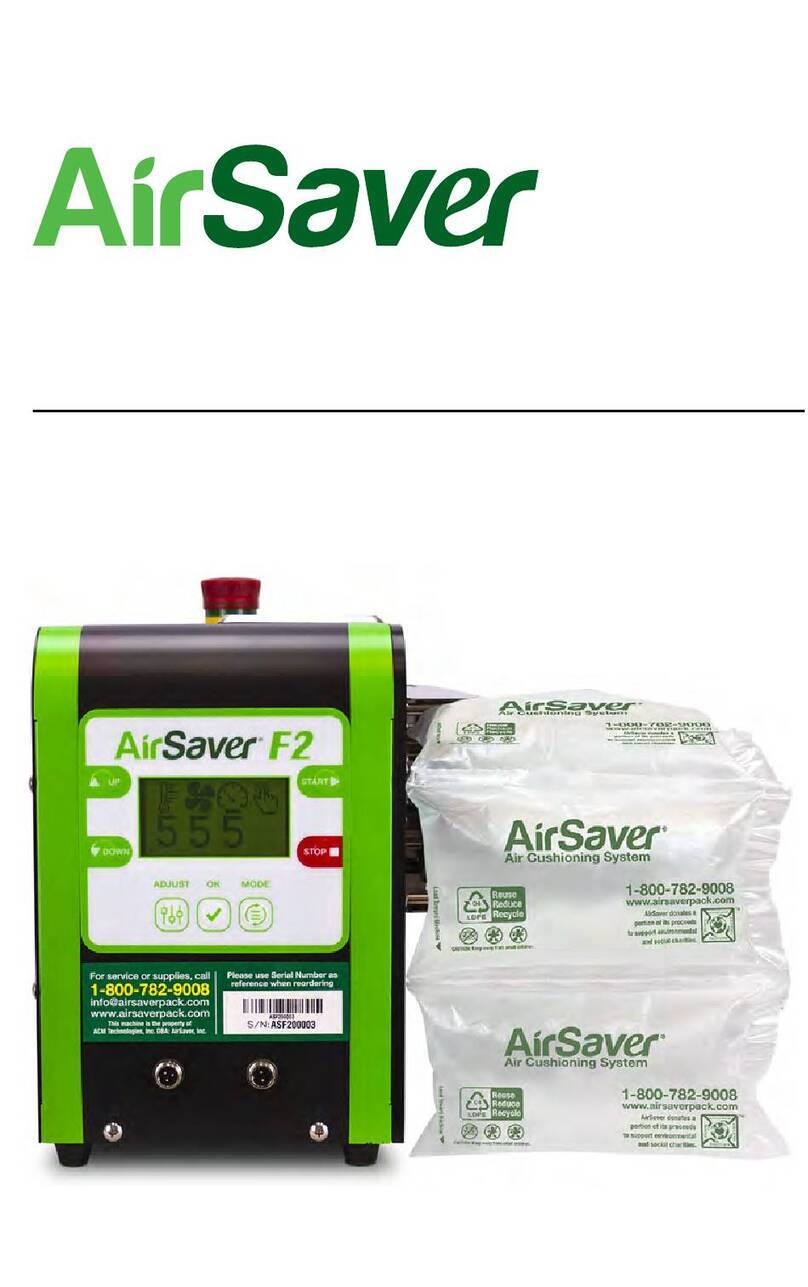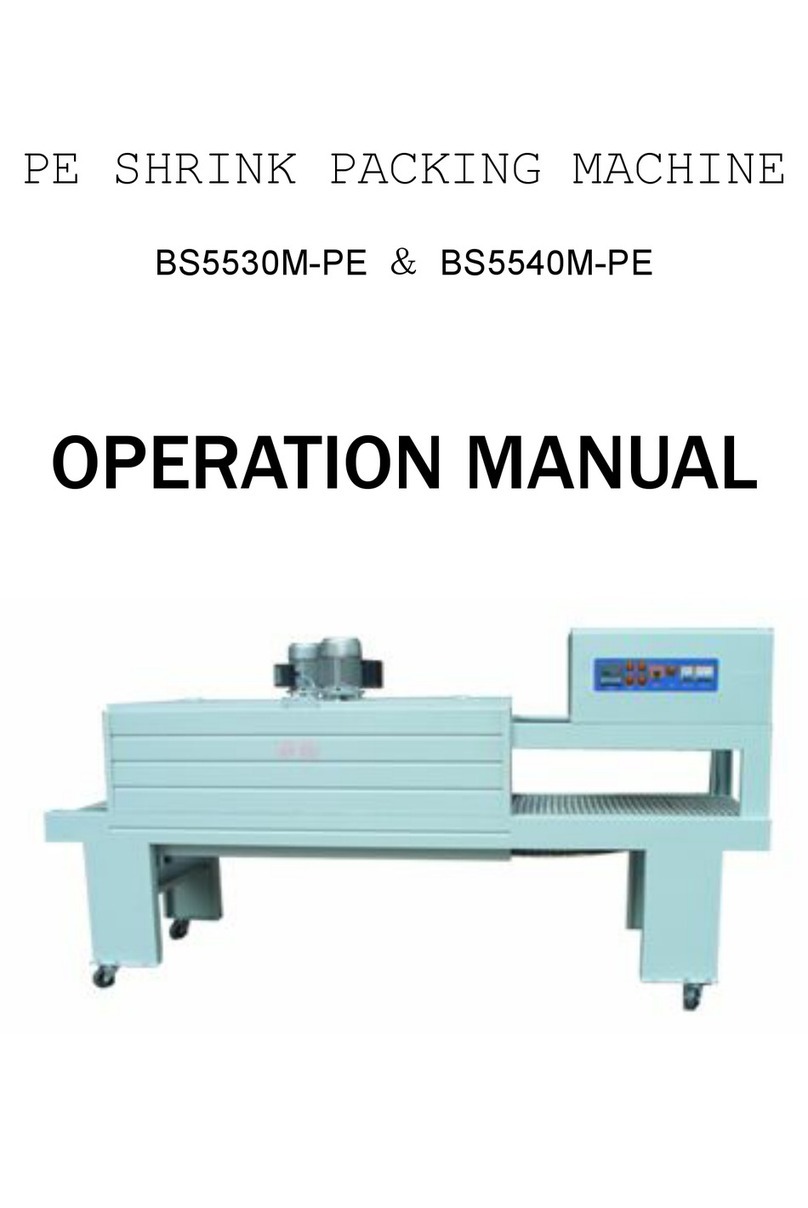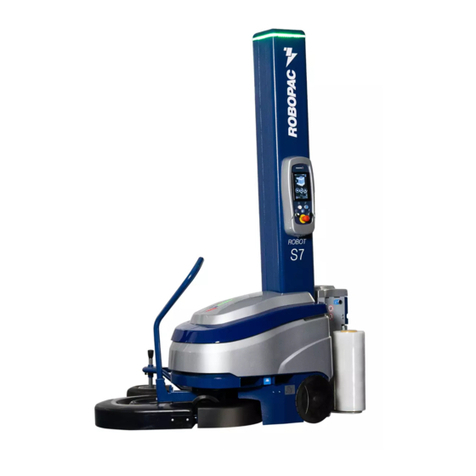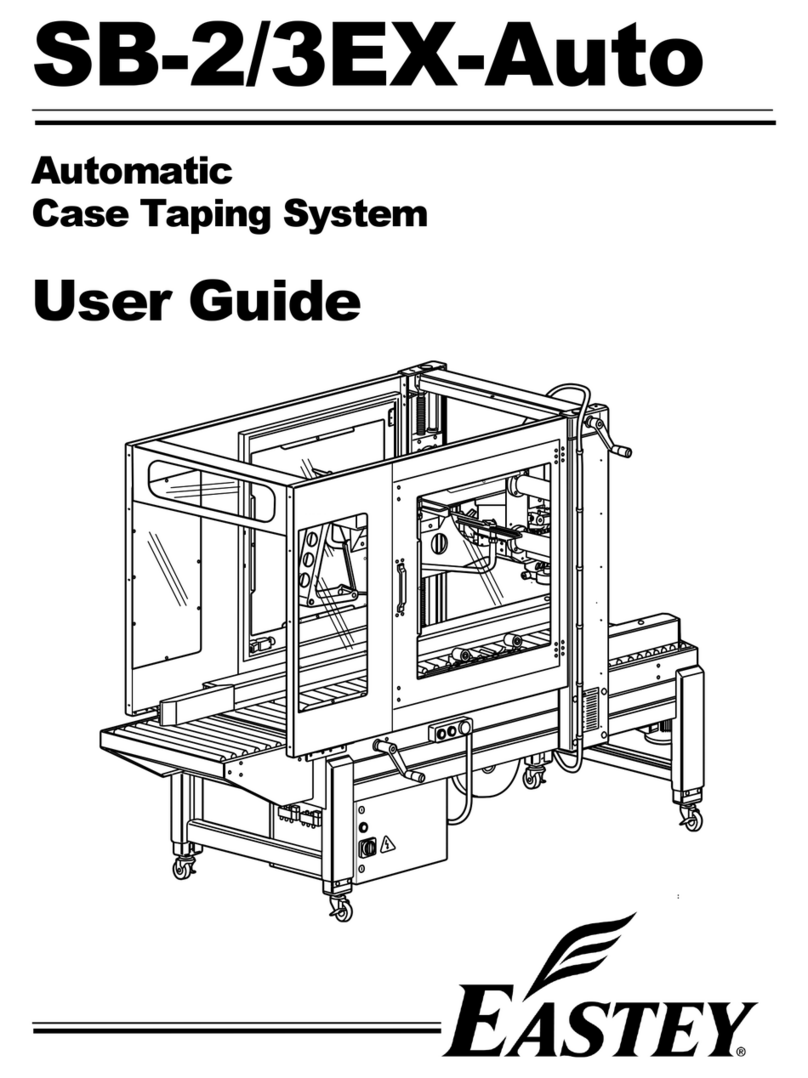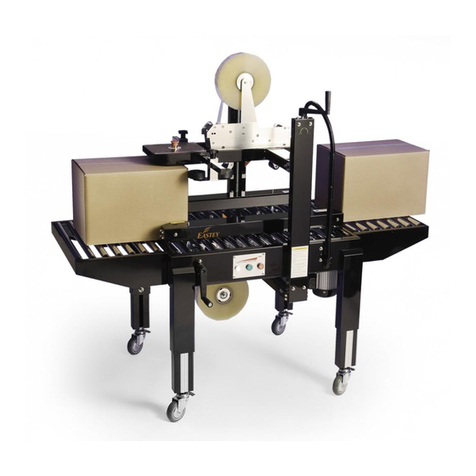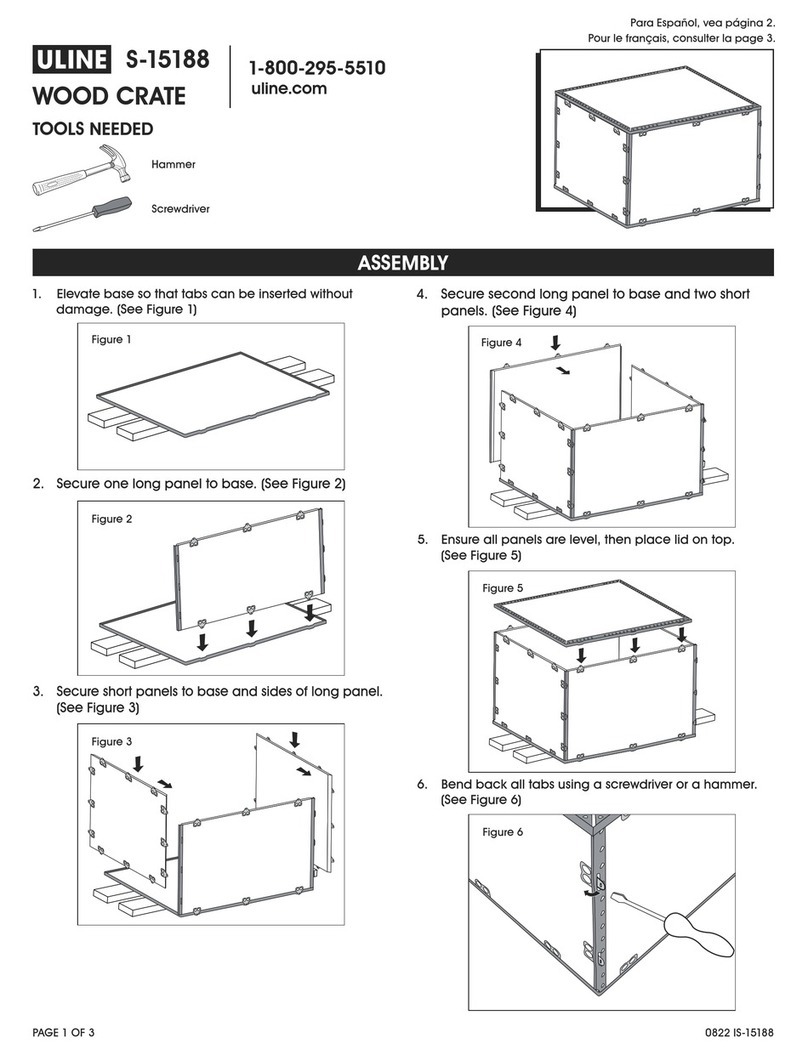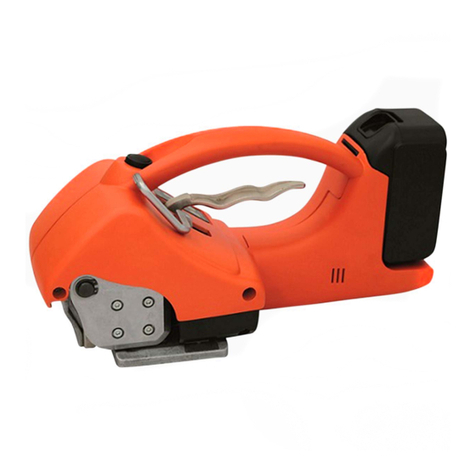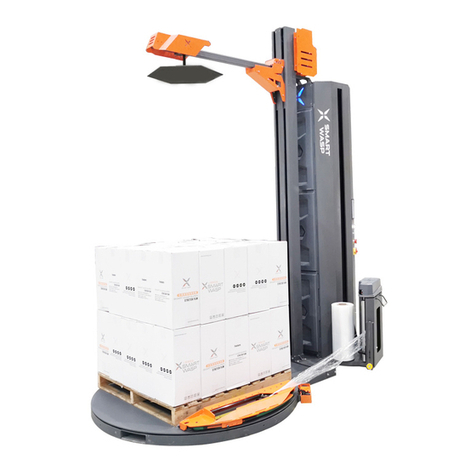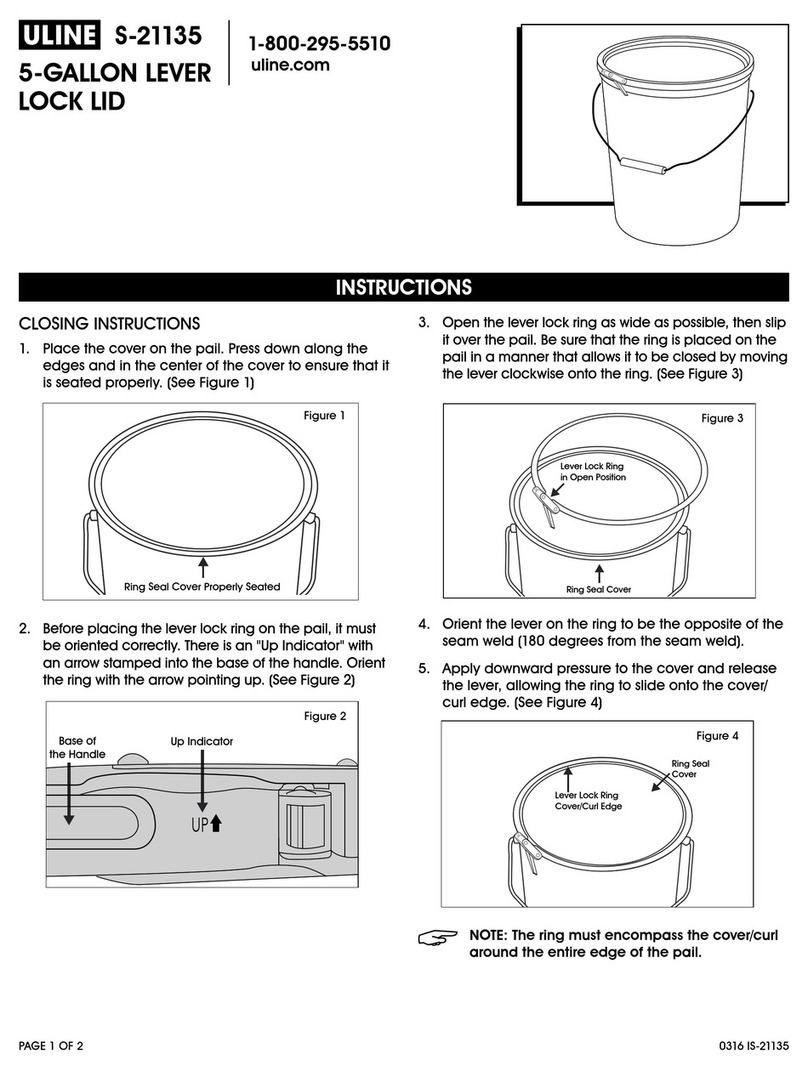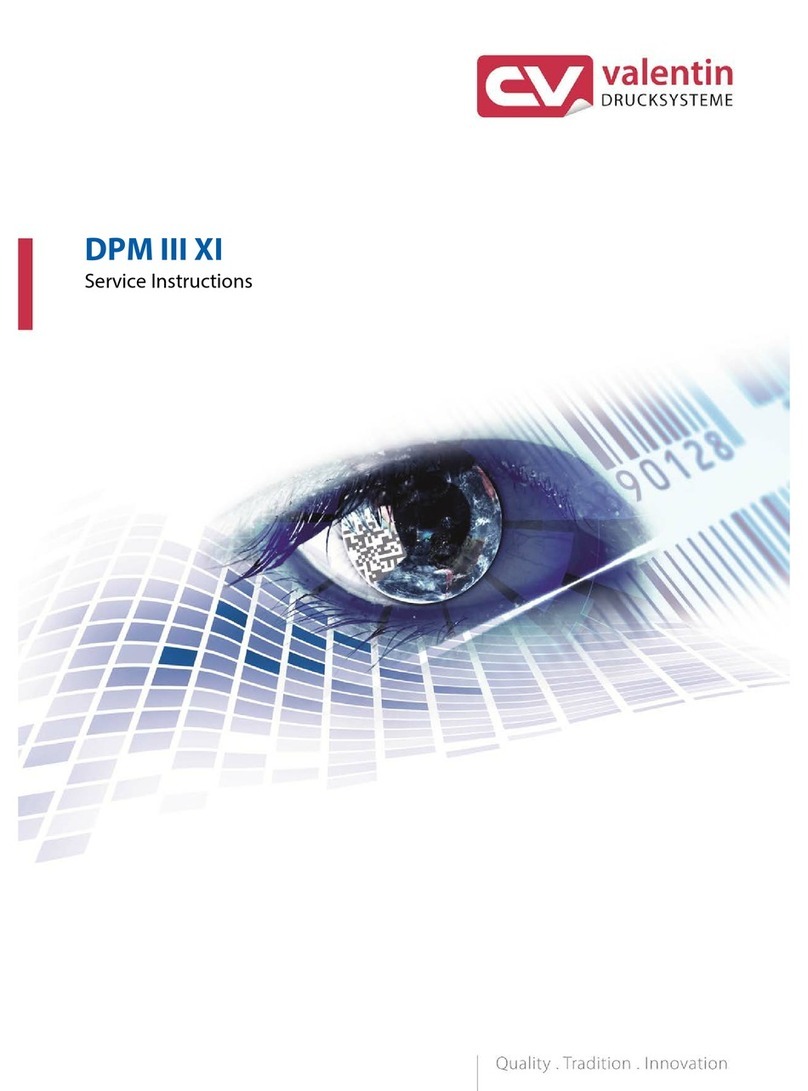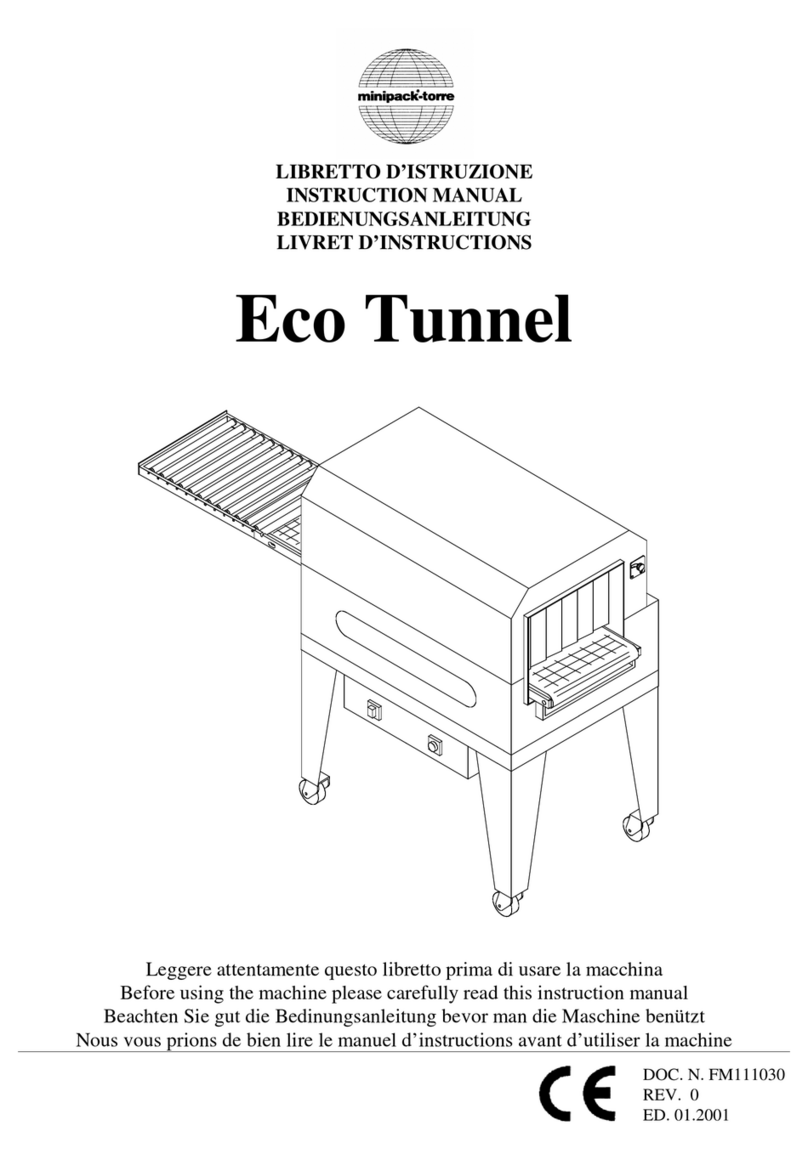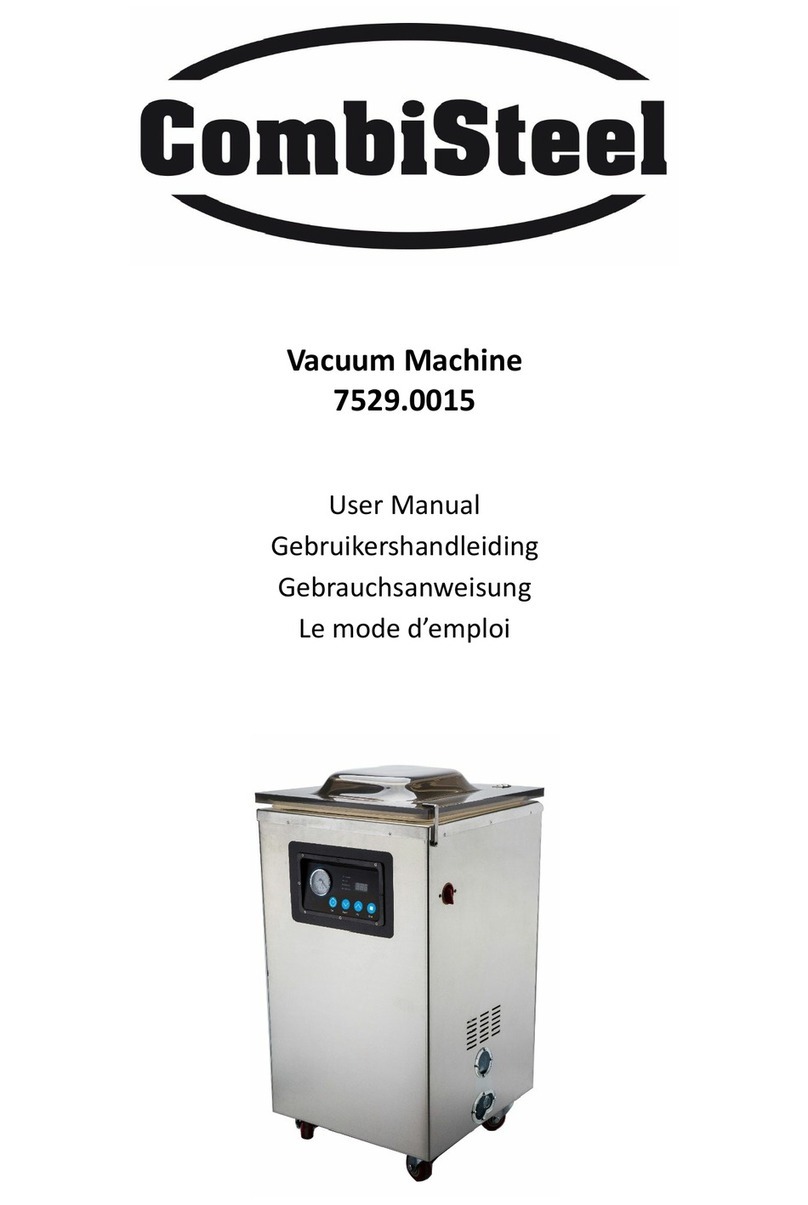
Contents
Safety .............................................................................................................................7
General Safety Precautions ..........................................................................................7
Introduction ...................................................................................................................9
General System Description..........................................................................................9
Specifications..............................................................................................................10
Dimensions .................................................................................................................13
Unpacking....................................................................................................................14
Installation ...................................................................................................................15
Location Requirements ...............................................................................................16
Operation .....................................................................................................................17
Control Panel ..............................................................................................................17
Controls.......................................................................................................................18
Sequence of Operation ...............................................................................................19
Adjustments ................................................................................................................20
Temperature Controller Settings (ETC00011) .............................................................20
To Change the Set Value............................................................................................21
Maintenance ................................................................................................................23
Preventative Maintenance...........................................................................................23
Preventative Maintenance for Modular Plastic Conveyor Belts...................................24
Conveyor Belt Tension Adjustment.............................................................................25
Replacing Conveyor Components...............................................................................25
Replacing Tunnel Components...................................................................................27
Plastic Belt Assembly and Disassembly......................................................................29
Wire Belt Repair Splicing.............................................................................................32
Troubleshooting..........................................................................................................37
Parts List......................................................................................................................43
Electrical......................................................................................................................43
Mechanical..................................................................................................................45
Appendix A: Electrical Schematics ...........................................................................49
Panel Layout...............................................................................................................49
Electrical Schematic, 480 Volt.....................................................................................51
Electrical Schematic, 220 Volt.....................................................................................52
Warranty Statement ....................................................................................................54
Customer Support.......................................................................................................56
